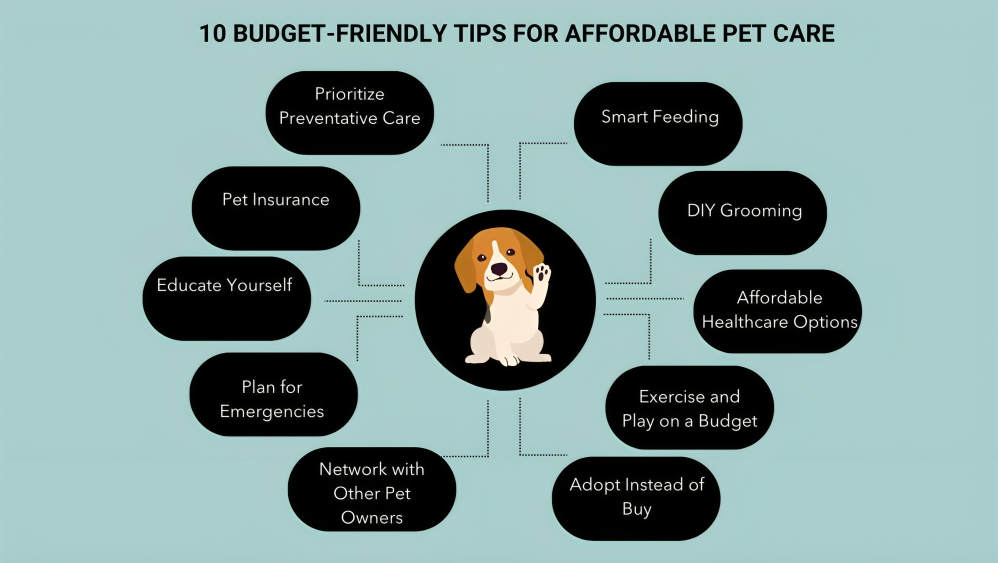A Guide to Recognizing and Treating Common Indoor Cat Illnesses in 2024
Introduction:
Welcome to Foody Puffy, your go-to source for all things related to pet care. In today’s post, we’re diving into the world of cat health. As cat owners, it’s essential to be vigilant about our furry friends’ well-being, especially when it comes to identifying and treating common indoor cat illnesses in 2024. From dietary needs to medical care, we’ve got you covered.
The Importance of Recognizing and Treating Cat Illnesses: Ignoring the signs of illness in your cat can lead to serious consequences. Cats are notorious for hiding their discomfort, making it challenging to detect health issues early on. Without proper treatment, these illnesses can progress rapidly, causing unnecessary suffering and potentially leading to irreversible damage. By staying informed and proactive, you can help ensure your cat lives a long, healthy life.
READ MORE…..
Symptoms of Common Indoor Cat Illnesses:
- Urinary Tract Infections (UTIs): Look out for frequent urination, straining in the litter box, and blood in the urine.
- Gastrointestinal Issues: Symptoms may include vomiting, diarrhea, loss of appetite, and lethargy.
- Respiratory Infections: Watch for sneezing, coughing, nasal discharge, and difficulty breathing.
- Dental Problems: Bad breath, swollen gums, and reluctance to eat can indicate dental issues.
- Obesity: Excessive weight gain, difficulty moving, and reluctance to play may signal obesity-related health problems.
- Diabetes: Increased thirst, frequent urination, weight loss, and lethargy are common signs of diabetes in cats.
- Kidney Disease: Symptoms include increased thirst, frequent urination, weight loss, and lethargy.
- Hyperthyroidism: Look for weight loss, increased appetite, vomiting, and hyperactivity.
- Feline Lower Urinary Tract Disease (FLUTD): Straining to urinate, blood in urine, and frequent trips to the litter box are indicative of FLUTD.
- Parasites: Symptoms may include excessive scratching, visible parasites in fur, diarrhea, and vomiting.
Tips for Treating Common Indoor Cat Illnesses:
- Consult a Veterinarian: Always seek professional advice if you suspect your cat is unwell.
- Maintain a Healthy Diet: Feed your cat a balanced diet to support their overall health and immune system.
- Keep Them Hydrated: Ensure your cat has access to fresh water at all times to prevent urinary issues.
- Regular Exercise: Encourage physical activity to prevent obesity-related illnesses.
- Dental Care: Brush your cat’s teeth regularly and schedule professional cleanings as needed.
- Monitor Blood Sugar Levels: If your cat has diabetes, work closely with your vet to manage their condition.
- Manage Stress: Minimize environmental stressors to prevent flare-ups of chronic conditions like FLUTD.
- Medication Compliance: Administer prescribed medications as directed by your vet.
- Parasite Prevention: Use flea and tick preventatives and deworming medications regularly.
- Routine Check-ups: Schedule regular veterinary visits for preventive care and early detection of any health issues.
FAQs about Common Indoor Cat Illnesses:
What are the most common indoor cat illnesses in 2024?
Common indoor cat illnesses in 2024 include urinary tract infections (UTIs), gastrointestinal issues, respiratory infections, dental problems, obesity, diabetes, kidney disease, hyperthyroidism, feline lower urinary tract disease (FLUTD), and parasites.
How can I tell if my indoor cat is sick?
Watch out for symptoms such as changes in appetite, drinking or urination habits, lethargy, vomiting, diarrhea, coughing, sneezing, difficulty breathing, weight loss, and changes in behavior or grooming habits.
When should I take my cat to the vet?
If you notice any concerning symptoms or changes in your cat’s behavior, it’s essential to schedule a veterinary appointment promptly. Additionally, regular check-ups are recommended to monitor your cat’s health and catch any potential issues early on.
How are indoor cat illnesses diagnosed?
Diagnosing indoor cat illnesses often involves a physical examination, discussion of symptoms, and may include additional tests such as blood work, urinalysis, fecal analysis, imaging (X-rays, ultrasound), and sometimes more specialized tests like cultures or biopsies.
Can indoor cat illnesses be prevented?
While not all illnesses can be prevented, there are steps you can take to minimize the risk. These include providing a balanced diet, regular exercise, maintaining good dental hygiene, keeping vaccinations up to date, preventing exposure to parasites, and minimizing stressors in your cat’s environment.
What treatments are available for common indoor cat illnesses?
Treatment for indoor cat illnesses varies depending on the specific condition but may include medications (such as antibiotics, antifungals, or antivirals), dietary changes, fluid therapy, dental procedures, surgery, and management of underlying conditions like diabetes or hyperthyroidism.
Are indoor cat illnesses contagious to other pets or humans?
Some indoor cat illnesses, such as certain respiratory infections and parasites, can be contagious to other pets in the household. However, many illnesses are not transmissible to humans. It’s essential to practice good hygiene and consult with your veterinarian for guidance on preventing the spread of contagious diseases.
How can I support my indoor cat’s recovery from illness?
Providing a comfortable and stress-free environment, following your veterinarian’s treatment plan, administering medications as prescribed, monitoring your cat’s progress closely, and offering plenty of love and attention can help support your cat’s recovery from illness.
Should I consider pet insurance for my indoor cat?
Pet insurance can provide financial assistance in covering the costs of veterinary care, including treatments for common indoor cat illnesses. It’s worth considering, especially if you want to be prepared for unexpected medical expenses.
What resources are available for learning more about indoor cat health?
Websites like Foody Puffy, reputable pet care books, veterinary professionals, and online forums or communities for pet owners are valuable resources for learning more about indoor cat health, including common illnesses, prevention tips, and treatment options.
Conclusion:
In conclusion, staying vigilant about your indoor cat’s health is crucial for their overall well-being. By recognizing the signs of common illnesses and taking proactive steps to address them, you can help ensure your furry friend lives a long, happy life. Remember, always consult with your veterinarian for personalized advice and treatment options. Together, we can keep our feline companions healthy and thriving in 2024 and beyond.




